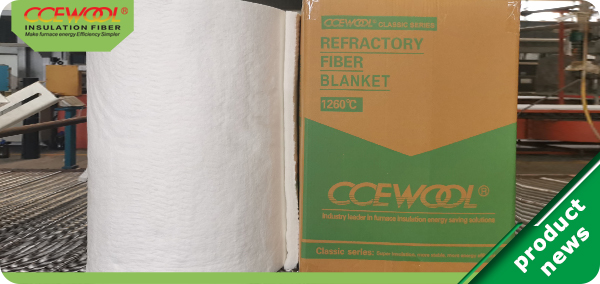Ceramic fiber blankets offer thermal insulation properties, as they have a low thermal conductivity, meaning they can effectively reduce heat transfer. They are also lightweight, flexible, and have a high resistance to thermal shock and chemical attackThese blankets are used in a wide range of industries, including aerospace, automotive, glass,, and petrochemical. They are commonly used for insulation in furnaces, kilns, boilers, and ovens, as well as in thermal and acoustic insulation applications.
The installation of ceramic fiber blankets involves a few steps:
1. Prepare the area: Remove any debris or loose material from the surface where the blanket will be installed. Ensure that the surface clean and dry.
2. Measure and cut the blanket: Measure the area where the blanket will installed and cut the blanket to the desired size using a utility knife or scissors. It is important to leave an extra inch or two on each side to allow for expansion and ensure a proper fit.
3. Secure the blanket: Place the blanket on the surface and secure it in place using fasteners. Make sure to space the fasteners evenly to provide uniform support. Alternatively, you can use an adhesive specially designed for ceramic fiber blankets.
4 the edges: To prevent the infiltration of air and moisture, seal the edges of the blanket a high-temperature adhesive or a specialized ceramic fiber tape. This will ensure that the blanket remains effective as a thermal barrier.
5. Inspect and maintain: Periodically inspect the ceramic fiber for any signs of damage, such as tears or wear. If any damage is found, repair replace the affected area promptly to maintain the effectiveness of the insulation.
It is important to follow the manufacturer's instructions and safety guidelines when working with ceramic fiber blankets, as they can release harmful fibers can irritate the skin and lungs. It is recommended to wear protective clothing, gloves, a mask while handling and installing the blanket.
Post time: Nov-01-2023


